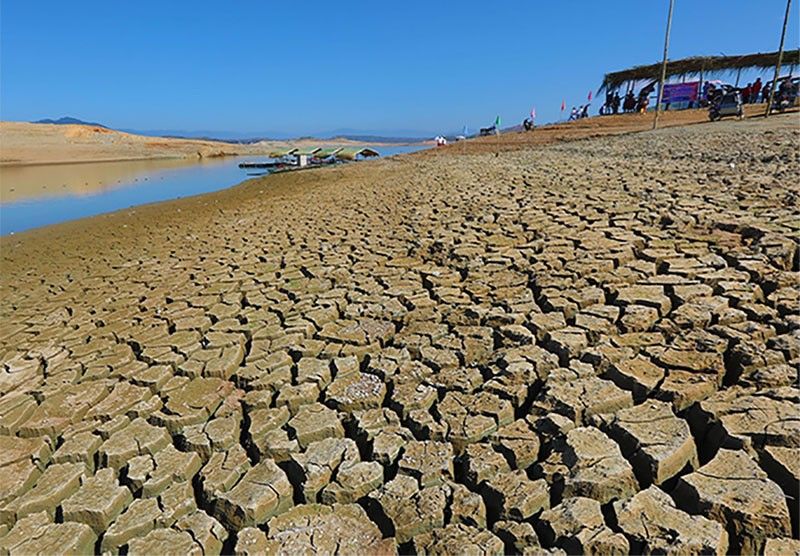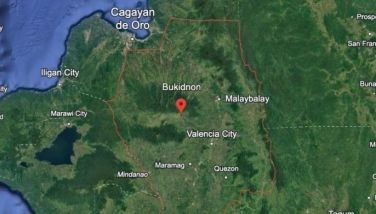Cavite, La Union LGUs adopt 4-day workweek

Amid rising temperatures due to El Niño
MANILA, Philippines — A four-day workweek will be implemented in the offices of the provincial government of Cavite starting tomorrow until July 31 as temperatures continue to rise due to El Niño.
Citing the warning of the state weather bureau that temperatures may reach “extreme danger” levels in the coming months, a 7 a.m. to 6 p.m. work schedule will be observed from Monday to Thursday, Cavite Gov. Jonvic Remulla said under Executive Order No. 19 issued on Friday.
Remulla noted that Cavite is among the areas that have recorded extremely high temperatures.
He said “reducing exposure to extreme heat may mitigate its harmful effects”on people transacting with the provincial government as well as ensure the health and productivity of employees and officials.
A compressed workweek was earlier implemented by the Bacoor city government under an EO issued by Mayor Strike Revilla on April 22.
The move is seen to reduce electricity and water consumption as well as improve overall productivity.
City hall employees will report for work from 8 a.m. to 7 p.m. from Monday to Thursday until Aug. 30.
Other local government units (LGUs) in Cavite are reportedly planning to adopt a four-day workweek.
Starting tomorrow, municipal government employees in San Gabriel, La Union will report for work from 7 a.m. to 6 p.m. from Monday to Thursday.
“Due to intense hot weather being experienced in the entire municipality, all offices of the municipal government shall adopt a flexible work mode to secure the safety and welfare of officials and employees as well as conserve energy,” Mayor Lany Baobaoen-Carbonell said in a memorandum issued on Friday.
Carbonell said the four-day workweek would be implemented until the weather improves.
The municipal government of Bacnotan, also in La Union, implemented a four-day workweek, which started on April 15, due to rising temperatures and to promote energy conservation.
In Pangasinan, the municipal government of Binmaley adopted a four-day workweek from April 22 to June 30 to protect employees from extreme heat.
Working hours are from 8 a.m. to 6 p.m. from Monday to Thursday.
The flexible work schedules do not apply to those rendering vital services such as emergency response, traffic and health.
State of calamity in Negros Oriental eyed
Meanwhile, the Negros Oriental Provincial Disaster Risk Reduction and Management Council (PDRRMC) has recommended placing the entire province under a state of calamity.
Provincial agriculturist Manuel Caduyac said damage to agriculture due to El Niño has reached P115 million as of April 19.
Sta. Catalina and Bayawan City in Negros Oriental had earlier been placed under a state of calamity.
PDRRMC officer Adrian Sedillo noted that two or more LGUs aside from 15 percent of the population and 30 percent of livelihood and structures should be affected before an entire province can be placed under a state of calamity.
In Negros Occidental, San Enrique and Kabankalan City had earlier been placed under a state of calamity as damage to agriculture continues to rise.
Gov. Eugenio Jose Lacson said he is not keen on placing the province under a state of calamity, noting that the provincial government still have enough funds to assist affected farmers.
As of April 25, damage to agriculture in Negros Occidental was pegged at P197.1 million.
Up to 103 cities and towns had been been placed under a state of calamity because of El Niño. — Gilbert Bayoran
- Latest
- Trending






























